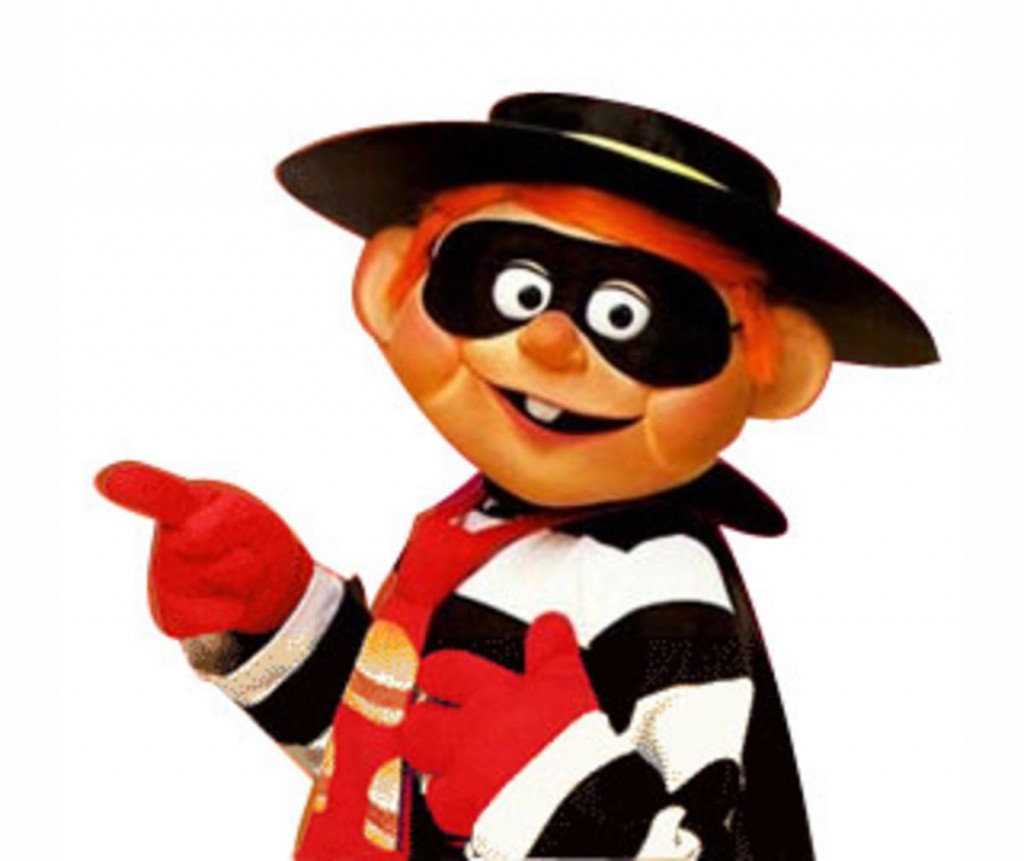Recycled creativity might not conjure a world-class feel, but when it tugs on the right emotional strings, it has the potential to inspire affinity all over again.
No brand better illustrates this than MillerCoors.
When Miller Lite sales took a nosedive in 2011, the company gambled on reviving its retro cans.
It recognized the fact that beer drinkers don’t scan the grocery store shelves in search of the best-tasting beer—their first impression is from the cans themselves.
Most often, they choose brands they identify with.
Swapping out its iconic blue labels for a fresh, white retro look ignited sales—so much so that MillerCoors slapped the white labels across all of its bottles, cans, and coasters.
And there’s no sign of the retro look disappearing any time soon.
While you might feel more comfortable hanging up old campaigns, there’s still life left in secondhand creative.
Recycled campaigns don’t have to mean stale, tired messages.
Done well, they can take on a refreshingly modern twist.
How to Win with Weathered and Old Campaigns
Known as comfort marketing, reintroducing old creative that awakens positive memories and nostalgia can have a powerful hold over people’s purchase decisions, translating to renewed brand affinity and engagement.
But retro for the sake of retro isn’t always a recipe for success.
When McDonald’s brought back the Hamburglar, pretending he’d taken over the company’s Twitter account to prompt engagement, the brand was only met with blank stares.
KFC’s modern rendition of Colonel Sanders—one of the most revered fast-food figures—also confused and borderline offended formerly loyal audiences who couldn’t tell whether the Colonel’s new cackle and mandolin were intended to poke fun at or redefine the fried chicken mogul.
Six Ways to Bring Old Campaigns Back to Life
Reviving old campaigns is a delicate balance.
Done with subtlety and finesse, they can spark positive memories that inspire people to purchase.
Here are six strategies to help you put retired creative to work today.
- Dust off nostalgic campaigns first. Audiences are more receptive to concepts they know or have previously seen. Building upon proven ideas can help you replicate past success. Start with the old campaigns that drove the best results, and emphasize the elements that once echoed with your audience.
- Get personal. People can develop strong attachments to campaigns, conscious or not. To avoid confusing or angering loyalists, explain yourself. The human brain is hard-wired to process stories better than dry facts and figures. Package the “why” behind your decision to reuse a past campaign as a compelling narrative, and your audience will be more accepting of it.
- Choose products with promising growth potential. Recycling creative for an entire line of products can be overkill. Dissect market trends, and pursue old campaigns for products that will be most relevant in the future.
- Give the duds a makeover. Whether you had a beautiful campaign with weak messaging or cringeworthy creative with a killer message, small changes such as tweaking the title, message, or graphics lead to impressive results for a cheap price tag. Instead of filing away poor-performing campaigns, rework the elements that didn’t quite hit the mark and relate them to your modern audiences.
- Tie an irresistible incentive to old campaigns. No word motivates audiences more than “free.” Pair a past campaign with a freebie, and you can drum up huge interest…and revenue.
- Segment several old campaigns. The best campaigns speak truthfully and boldly to a very targeted audience. The worst ones rub audiences as generic and cold. Take a deep dive into your audience personas, and try slicing a past campaign into a few different ones optimized for these narrowly defined audiences.
While some campaigns deserve a second life, others are best left to gather dust on the shelves —as both the return of the Hamburglar and the Colonel Sanders rendition taught us.
The key is tapping into your modern audience personas and optimizing old campaigns to speak to today’s consumer.
By understanding your unique audience segments, pursuing the old campaigns that evoke emotional responses, breathing new life into proven campaigns, or giving weak campaigns a facelift, you can remind audiences why they love your brand so much.
